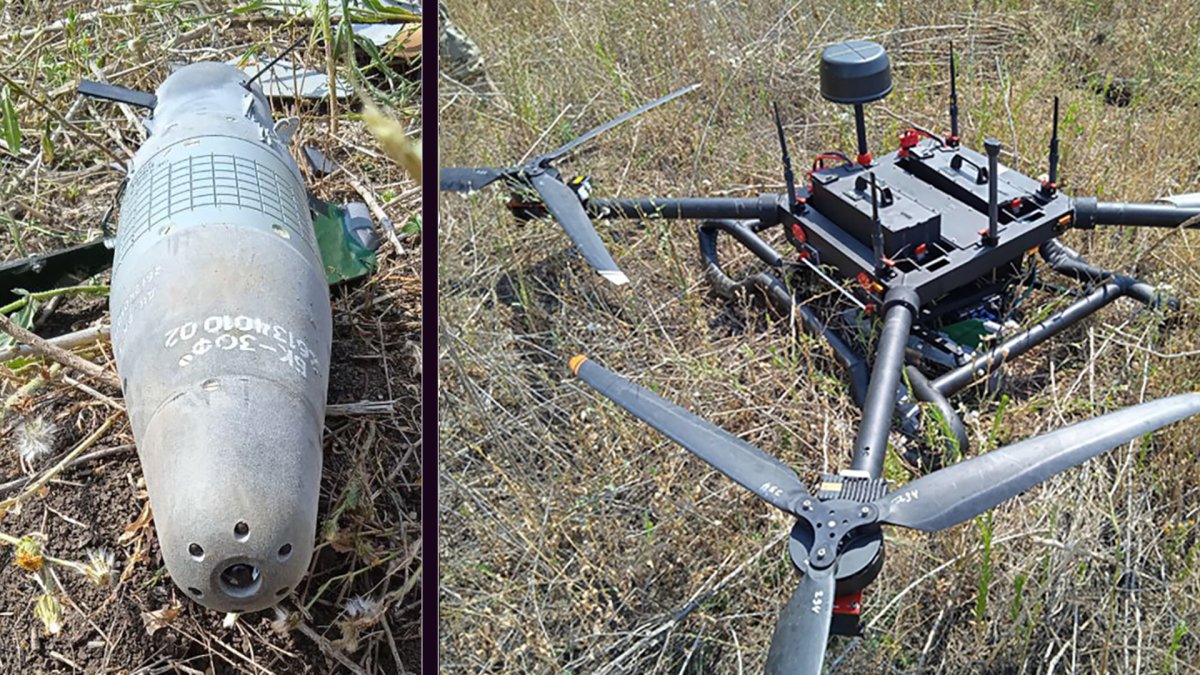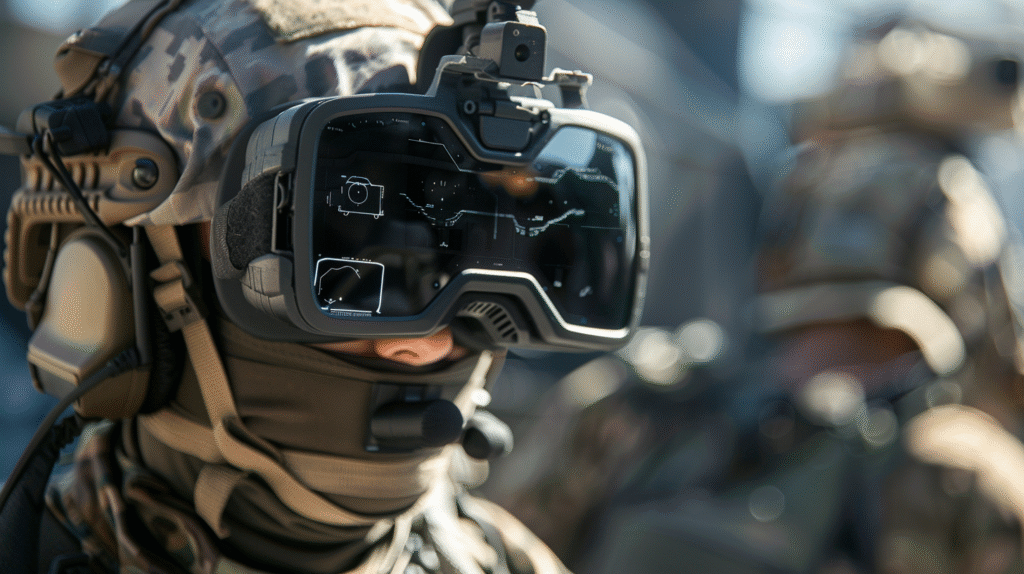Tactical First-Person View (FPV) Drone Tactics, Techniques, and Procedures (TTPs): Empirical Findings from the Ukraine Conflict
Abstract
This presentation synthesizes field observations and empirical data from the ongoing conflict in Ukraine, focusing on tactical FPV drone TTPs. Drawing from firsthand notes on drone operations, countermeasures, and battlefield dynamics, integrated with recent analyses, it highlights how drones have transformed modern warfare. Key themes include the asymmetry of resources versus logistics, innovative attack methods, and evolving countermeasures. The findings underscore drones’ dominance in shaping tactics, with implications for future conflicts. Data spans 2022–2025, emphasizing real-time adaptations in a high-intensity environment.
Introduction: A Paradigm Shift in Warfare
The Ukraine conflict represents a departure from traditional warfare, characterized by pervasive drone integration. As noted, “It’s not the same type of War,” where drones rule the battlefield, ambushing positions and clearing trench lines. FPV drones, in particular, have emerged as precision tools for targeting personnel, barriers, and infrastructure, often flown into locations as warnings or direct strikes.

Drones like FPV models exhibit distinct sounds (e.g., “sounds like bees” or “higher pitch”), enabling identification at 200–300 meters. Their range extends to 15–20 km, with ambush variants boasting 2-hour battery life—a tactic over a year old. Night operations amplify their speed and stealth, with lights off for surprise.
Empirical data from Ukraine shows FPV drones achieving battlefield air interdiction effects, disrupting logistics and rear areas. However, limitations exist: FPVs struggle with moving targets and require skilled operators, as one veteran noted their “suck” factor in certain scenarios.
Methodology: Data Sources and Analytical Framework
This analysis relies on fragmented field notes from Ukrainian positions, cross-referenced with open-source intelligence (OSINT) from web and X ecosystem searches. Key metrics include drone lifetimes (4–7 days), attack volumes (e.g., 73 grenades, 12 FPVs, 82mm artillery in a 6-hour span), and tactical responses (e.g., METT-TC: Mission, Enemy, Terrain and weather, Troops and support, Time, Civilian considerations).
Searches revealed innovations like fiber-optic drones resisting jamming and AI-enabled swarms. X posts highlight real-time tactics, such as FPV intercepts of helicopters.
Key Findings: FPV Drone TTPs
FPV drones are versatile, chasing targets through tree lines and attaching explosives via magnets. Tactics include:
- Leapfrog Tactics: Sequential advances where FPVs cover movements, shifting fire from front to rear positions during assaults.
- Ambush and Wait: Drones sit idle for hours, activating on detection. This “year-old tactic” exploits the “Golden Hour” (night-to-morning shifts) when thermals and optics rotate, exposing positions.
- Psyops Integration: Temporary halts in attacks to target defenses, forcing exposure. Drones operate along logistics routes to reveal soldiers.
Weather impacts operations: Rain limits or ceases activity. Ranges allow strikes up to 20 km, with audio sensors aiding detection.
| Tactic | Description | Range/Effectiveness | Challenges |
|---|---|---|---|
| Leapfrog | Coordinated FPV advances with artillery/mavic spotting | 15–20 km | Electronic warfare (EW) disruption |
| Ambush Drone | Idle wait with 2-hour battery | High surprise factor | Battery drain, detection risk |
| Psyop Strikes | Pause to target exposed defenses | Psychological pressure | Requires precise timing |
| Night Ops | Faster, lights-off flights | Enhanced stealth | Limited visibility for operators |
Innovations include FPV swarms for overwhelming defenses, as seen in Pokrovsk tactics. Ukrainian forces aim for 4.5 million FPVs in 2025, emphasizing mass production.
Baba Yaga and Advanced Drone Variants
Baba Yaga drones, larger hexacopters (e.g., 262 models), deploy diverse payloads: PFM mines, Bouncing Bettys, landmines, incendiaries, gas grenades, and even exploding supply drops (e.g., water/food that detonates).

TTPs involve dropping gliders with foam and grenades, or “skids” (1–3 drops, soda cans). They operate at night, leveraging thermal imaging. Recent evolutions allow guided munitions launches, enhancing precision. Russian adaptations include volunteer forces evolving UAV missions for reconnaissance and strikes.
Countermeasures and Logistical Challenges
No lack of resources, but “only lack of logistics” hampers responses. Emergency deployments lack intel, leading to positions prospected for weeks before destruction, followed by fallbacks.
- cUAS Systems: RPG-like “Rev systems” often fail (“Never Works”). Efforts to identify frequencies cause drones to halt mid-air and return home.
- EW Tactics: Music-playing jammers or anti-Mavic systems provide 25-minute windows for exfil, supplies, or repairs. However, EW is “usually rendered ineffective.”
- Physical Barriers: Anti-FPV shelters, antenna offsets, spider antennas, concealed cables. Bunkers are “the worst place during an assault” due to drone clearance.
- Other: Shotguns with buckshot for self-loading operations; regulate foliage to deny cover.
DJI Mavic drones mark for artillery, but lack of cUAS exacerbates vulnerabilities. Russian elite units like Rubicon excel in systematic strikes, using FPVs and EW to disrupt supplies. Rubicon, formed in 2024, has destroyed over 400 Ukrainian assets, narrowing the tech gap.
Case Study: Lahuntz Lakefka vs. Rubicon
Interpreted as a Luhansk-region engagement (possibly Lysychansk or border sieges), this exemplifies drone-heavy assaults. Ukrainian positions faced Rubicon—Russia’s premier drone team—enduring intense barrages before fallback. Rubicon’s tactics: Methodical supply line strikes, fiber-optic drones, and decentralized operations. Outcomes: Positions destroyed after weeks, highlighting logistics over resources.
Similar to Luhansk battles (e.g., 2022 Lysychansk), where drones cleared trenches amid artillery shifts. X discussions note Rubicon’s impact in Pokrovsk, with Ukrainian adaptations like fiber-optics.
Analysis: Impact on Battlefield Dynamics
Drones expose any position, targeting multiples with singleton operators spaced 30m apart. Soldiers carry 100# gear over 20km, emphasizing mobility. Assault sequences: Artillery (Mavic-guided) → FPV/Skids → Rear shifts → Ground assault with surveillance.
Implications: FPVs favor asymmetric warfare, but EW and weather limit them. Russian bottom-up refinements contrast Ukrainian innovations. Global diffusion risks, e.g., cartels learning FPV tactics in Ukraine.
Conclusions and Recommendations
FPV TTPs have redefined tactics, emphasizing stealth, range, and psyops. Key recommendation: Enhance logistics and cUAS, integrate AI for swarms, and standardize training. Future research: Long-term efficacy against advanced EW.
Future conflicts will demand drone-centric doctrines, as Ukraine demonstrates.




